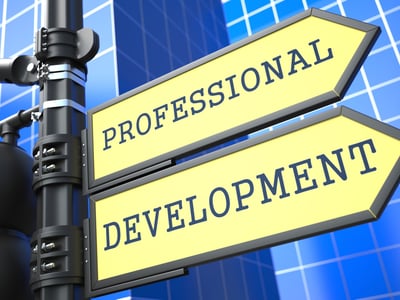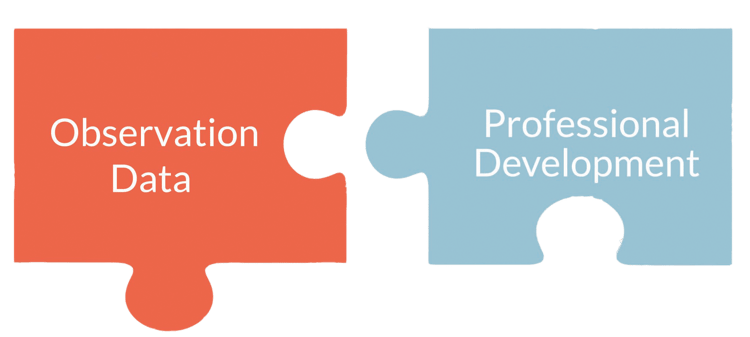
When we were in Chicago in July, 2015, we caught up with Vanessa Rich, the President of the National Head Start Association and the Deputy Commissioner, Family & Support Services for the City of Chicago. I had the opportunity to ask her about how she leverages data to make decisions about professional development for teachers. Vanessa believes that in Chicago, and across Head Start, reflection is the most important link between data and improvement efforts.
Reflecting on Vanessa’s comments, I couldn’t help but connect her words with something we at Teachstone have been thinking about … A LOT: coupling observation data with individualized professional development.

Too often we see these puzzle pieces disconnected. We see lots of data collected, but no reflection on how to use that data to create meaningful, personalized PD plans for teachers. Or we see one-off workshops or conference trips that are not necessarily relevant to where a teacher needs or wants support.
But every once in a while, we see programs that have figured out this puzzle. They have tied the professional development teachers receive to data—observations, information about how a teacher likes to learn, teacher experience, etc.—and it is with those programs that we are seeing the most meaningful changes. Program leadership has taken the time to step back and reflect on what teachers need and want to grow professionally. And that has made all the difference.

